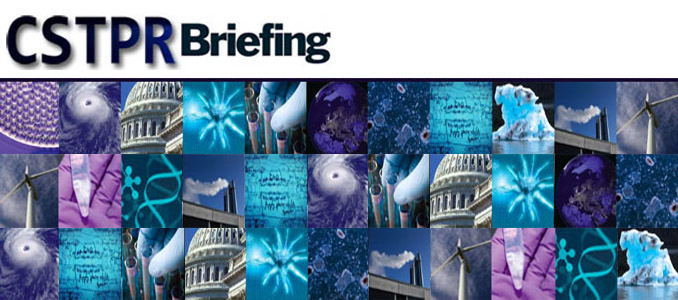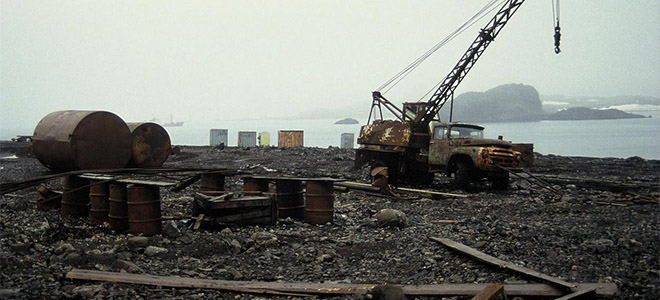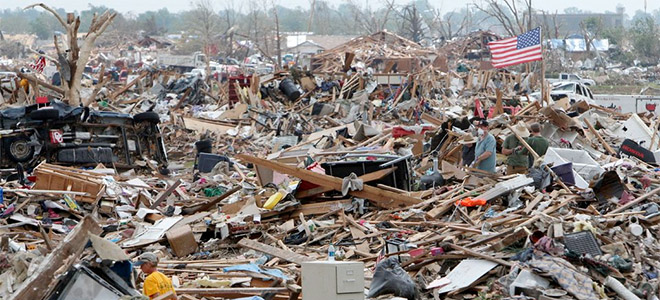
Max Boykoff’s climate change and media coverage work was referenced in a Columbia Journalism Review article:
Climate change press’ pseudo boom
The Daily Climate reports a 30-percent spike in global warming coverage during 2013; social scientists disagree that the figure signals a rebound
by Alexis Sobel Fitts
Last week The Daily Climate released the its annual review of climate change coverage—a tally of major stories, by publication and topic, that the news service aggregated for readers over the course of 2013. The Daily Climate’s aggregation gives its readers “a broad sampling” of the day’s stories on climate change (as in, it’s not meant to be a comprehensive tracking), so the rundown isn’t meant to be statistically significant.
Still, the differences in the numbers year-by-year offer a broad overview of coverage and interesting subject and publication breakdowns. Though the last few years have seen diminishing coverage of global warming in the press, according to the Daily Climate’s Douglas Fischer, 2013 saw a jump in coverage of about 30 percent. In 2013 the Daily Climate’s staff aggregated about 24,000 news articles, which, while not 2007’s high of almost 29,000 stories, is a big jump from the 18,546 pieces the site posted in 2012.
Beyond the uptick in overall coverage, the figures showed, surprisingly, that most publications were increasing coverage of climate change and more journalists are covering the subject (8,825 to be exact, a 23-percent jump from 2012.) In fact, The New York Times, whose coverage dropped 10 percent in 2013 after dismantling its green desk was the only major publisher to have coverage drop:
Most major outlets gave climate and energy issues far more ink in 2013 than 2012: Bloomberg News was up 133 percent, the Globe and Mail doubled its reporting, USA Today boosted its effort 48 percent and stories in the Wall Street Journal, Sydney Morning Herald and the Financial Post each were up 40 percent, according to The Daily Climate’s archives.
Though it would be tempting to interpret these numbers, like several news organizations have, as signaling a rejuvenation of climate change reporting, the numbers don’t mesh with the work of social scientists. At the University of Colorado, Max Boykoff, who since 2000 has tracked climate coverage in the top five newspapers in the United States—The Wall Street Journal, The New York Times, USA Today, the Los Angeles Times, and The Washington Post—found a drop in coverage in 2013. And Robert Brulle, a social scientist at Drexel University who monitors climate coverage on television news, said his preliminary data (measuring through the end of November 2013) found 30 stories, just a single story more than in 2012, which Brulle said was “statistically just a write off.” Read more …







 Max Boykoff’s media and climate change research highlighted in Daily Climate article
Max Boykoff’s media and climate change research highlighted in Daily Climate article Emissions Impossible
Emissions Impossible

